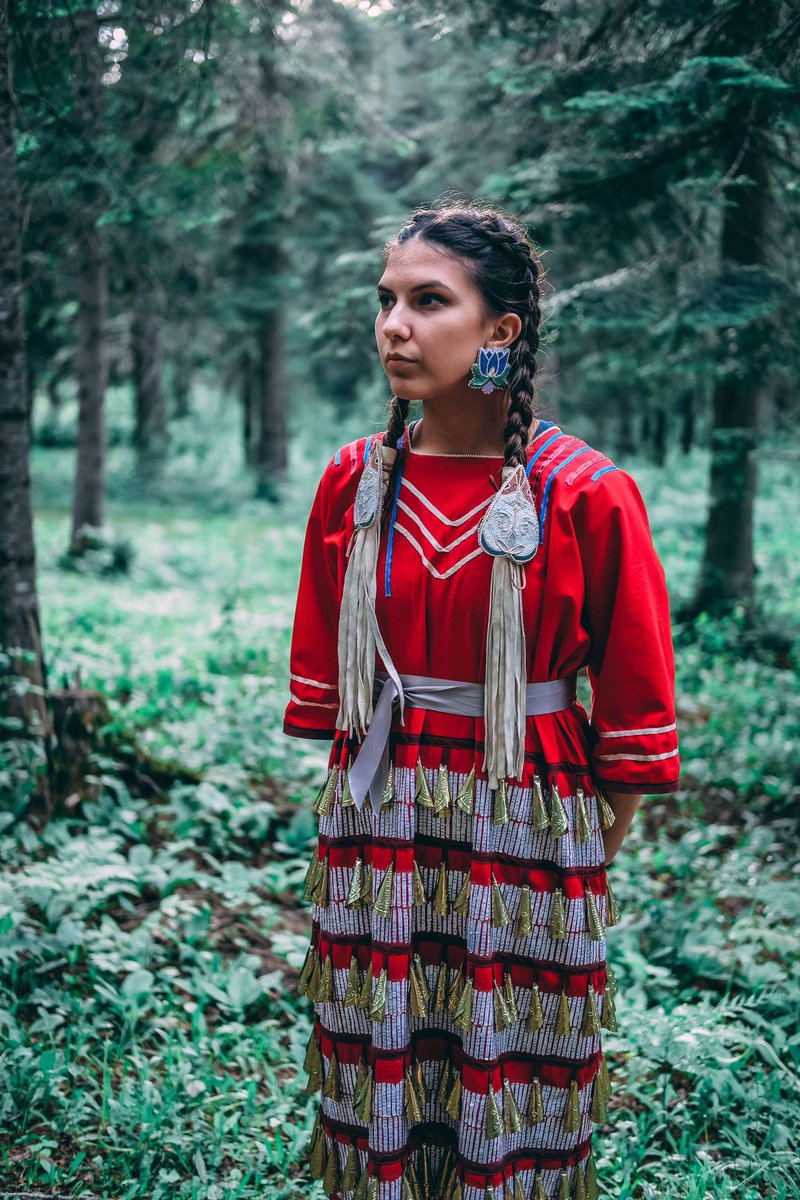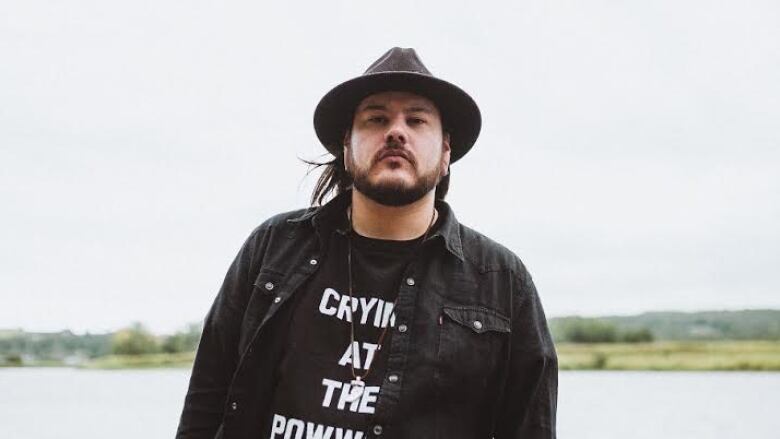The dam’s construction caused significant riverbank erosion to Wolastoq, flooded islands below the dam where medicines used to grow. The spraying of harmful chemicals near the power lines that poisoned plants in sites closest to the river led to high cancer rates in the community. These environmental attacks ultimately have an effect on Wolastoqey relationality to the river in its current state. She is their medicine, highway, and life source.
Wolastoqiyik means “people of the beautiful, bountiful river” which means we have an obligation and must hold accountability to the life force that is inherently part of our identities.


Essay
For many people who grew up in Neqotkuk (Tobique First Nation), the Tobique Narrows Generating Station dam is a complicated part of the landscape of the Wolastoqey community, and its history has long been a point of contention.
In operation since 1953, the dam has a generating capacity of 20 megawatts and has been lodged in the river for generations now. Only the community’s elders remember what the river looked like before the shorelines and ecosystem of the water would be changed for the foreseea 8.0.0ble future.
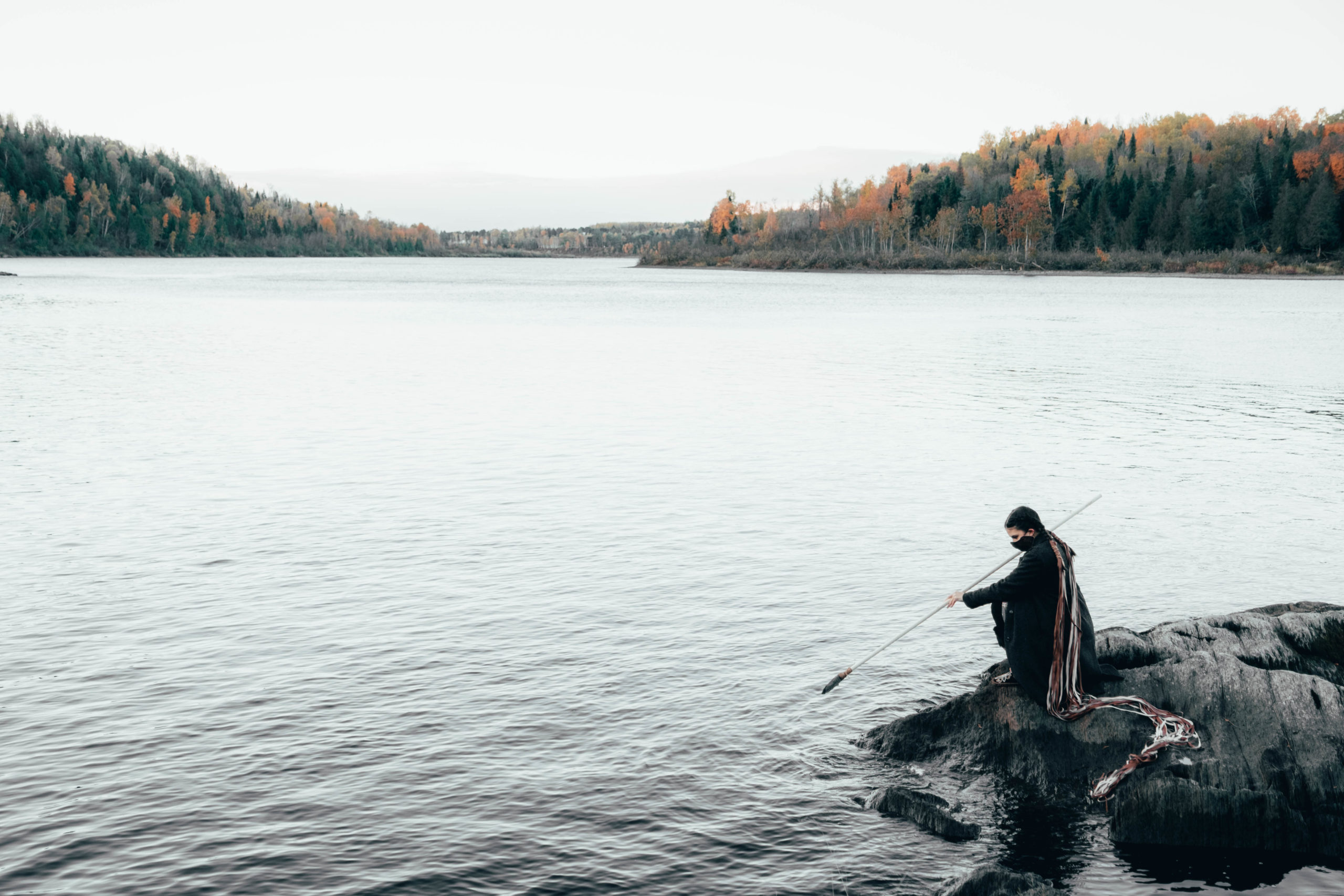
I held conversations with elders of Neqotkuk about their memories of the river before the dam was built. These accounts have always painted images in my mind of a bountiful river full of salmon and simpler times. Times when the river was still full of Atlantic salmon, a traditional food source for the Wolastoqiyik (People of the Beautiful, Bountiful River). There has been a decline for many years, and some evidence suggests it is because of the dam, despite having a fish ladder to reach their spawning grounds upriver.
One elder told me that he remembers going to the river below the reserve, and it was so rich with salmon that you could catch them with your bare hands—something unimaginable today.
The landscape of the Tobique River and surrounding land masses were changed by flooding the area below the reserve, which also flooded a group of small islands at the river’s mouth where the Tobique River runs into the Wolastoq. Last year during a heatwave, the river was low enough that the “islands” below the dam were visible for the first time in my living memory, and all that could be seen on them were the old, water-logged tree stumps that once grew on the land.
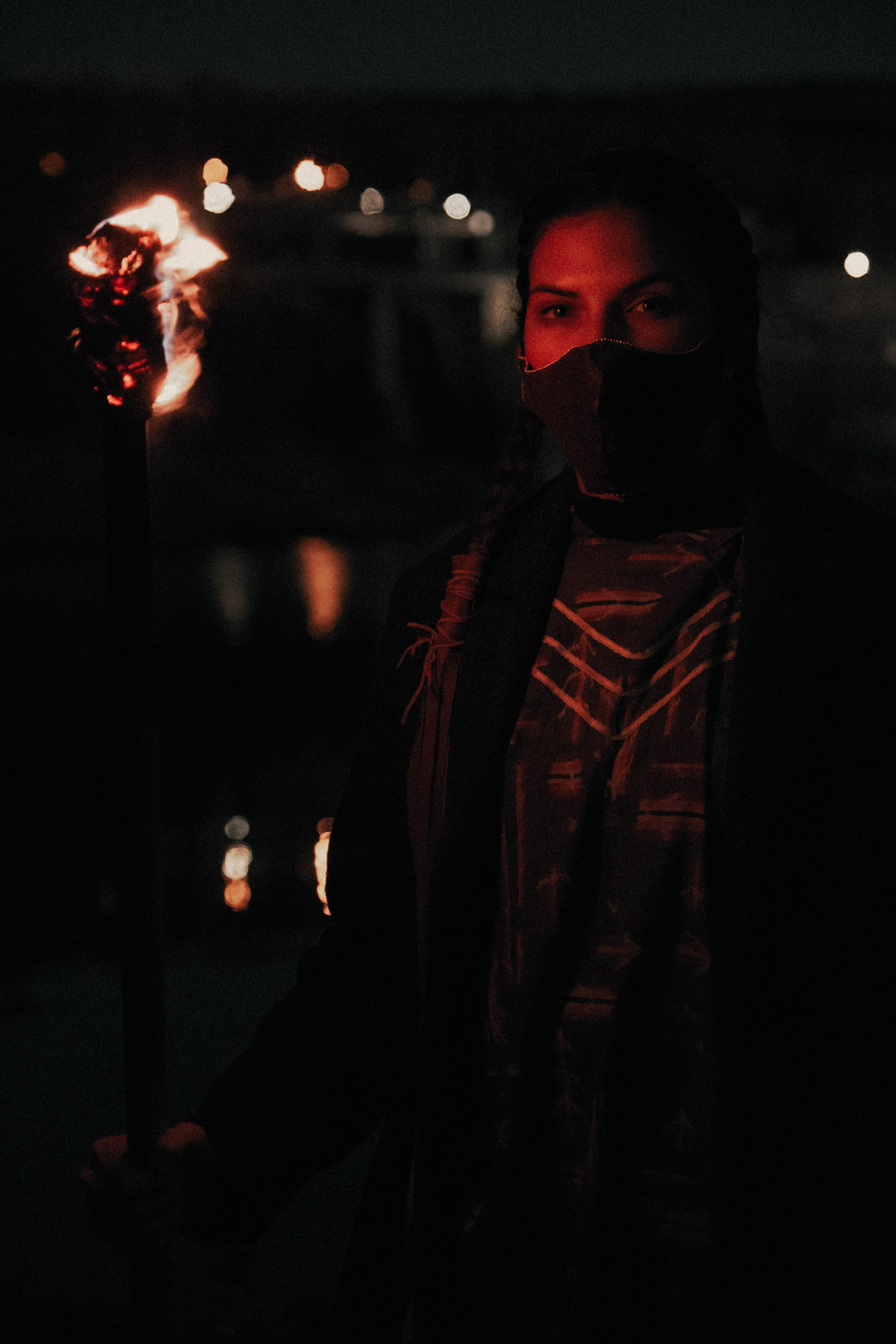
In 1841, The Indian Commissioner of New Brunswick, Moses Henry Perley, was tasked by the provincial government to survey all Indigenous communities in New Brunswick. In his Report on Indian Settlements, Perley forwarded the inquiries of sawmill workers to dam the Tobique River at the foot of their mill located across the river from Neqotkuk, in the Tobique Narrows settlement. They argued that the river in its natural state presented narrow and dangerous pathways, a “serious obstruction to the navigation of the River”. One employee at the mill proposed that a dam would render the river navigable and thus, safer. He also requested that the erection of a dam would contain a fish passage so that the fish could access their usual spawning grounds.
Perley presented this matter before community members at Neqotkuk, and they unanimously objected to the idea of building a dam, stating concerns about what it would do to the river’s aquaculture, mainly Atlantic salmon. Perley wrote:
“I brought this matter before the Indians at Tobique, in full Council, and found their sole objection to the establishment of Saw Mills, at the Narrows, was this—that the Salmon Fishery, on which they now mainly depend for support during the summer season, would thereby, sooner or later, be altogether destroyed. The Indian method of taking the Salmon, is altogether by the Spear and torch, and it struck me that they prized much more highly the dash and excitement of the sport in taking the fish, than the profit arising from the sale of them. During my stay at the Tobique, the day was spent by the Indians in almost listless idleness; but so soon as night fell, the torch was lit, the Spear lifted, the canoe launched, and all became life, bustle and activity. The sport was pursued the whole night, and day-light exhibited heaps of glittering Salmon on the bank, and the Indians languidly creeping off, to sleep away another day of total idleness.
The destruction of the Salmon Fishery would perhaps induce the Indians to adopt more settled habits of industry, and pay more attention to the cultivation of the soil than they do at present.”
Perley recognized the importance that the fishery had to Wolastoqiyik but dismissed it as nothing more than a mere place for sport than survival. One can assume that he knew that suggesting a dam be put in the river there would effectively serve to assimilate Indigenous Peoples and require them to depend on the hostile squatting settlers for work. Over 100 years later, the dam was built, and it was Moses Perley that sowed the seeds of colonial infrastructure for settler industry in this area.
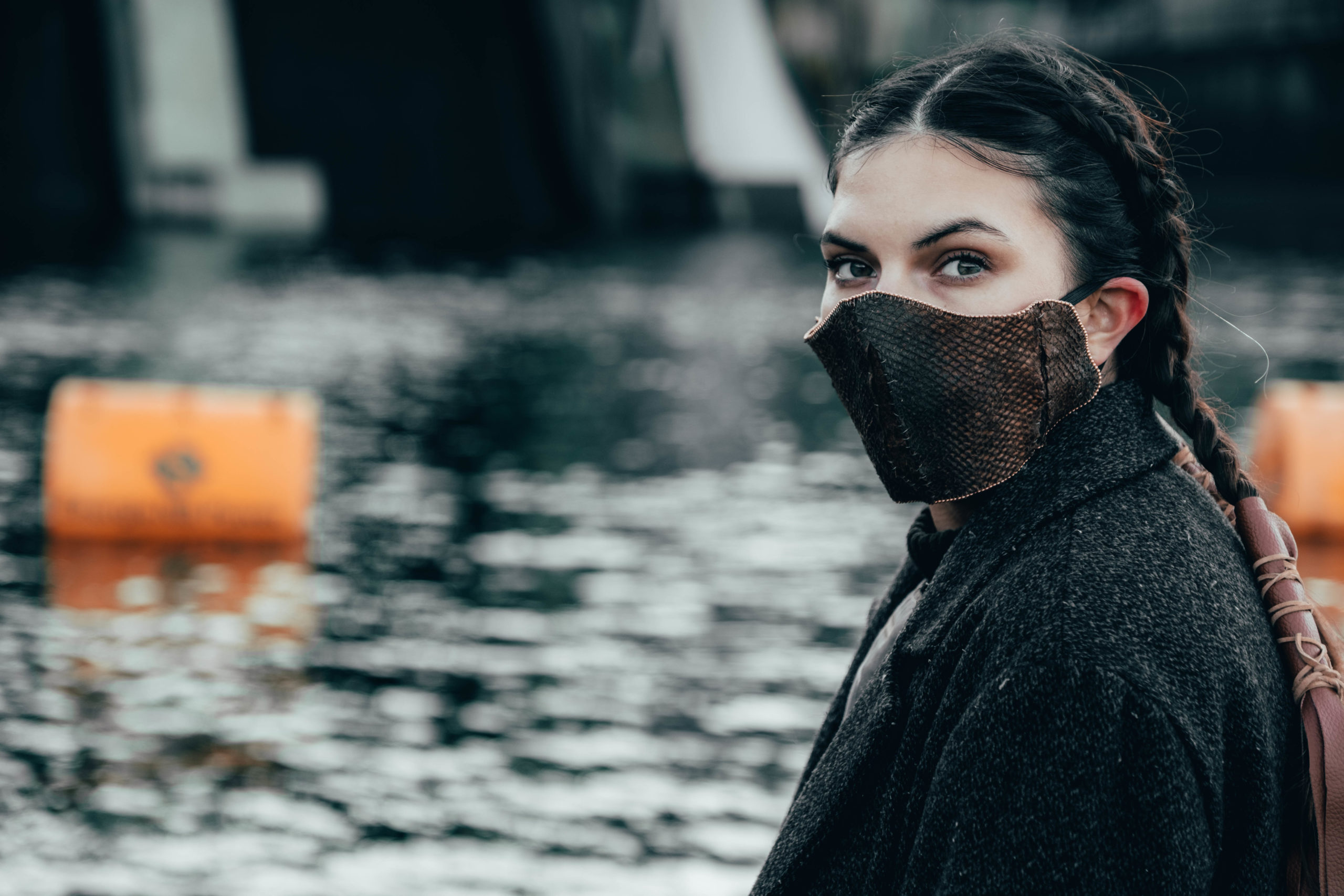
The Tobique Narrows Generating Station is now nearing its life’s end, but the province has been in talks with the leadership of Neqotkuk to do long-needed repairs to extend its life. Despite the dam’s adverse effects on the Wolastoqey way of life, members of Neqotkuk receive no benefit from the dam being there.
In 2008, a group of women from Neqotkuk took control of the Tobique Narrows Generating Station, arguing that the community shouldn’t have to pay for electricity to NB Power considering the dam’s impacts on the community while the crown corporation reaps all the benefits. After close to two years of seizing control over the dam and limiting access to NB Power employees, an MOU was signed, which saw the province restore the eroding riverbanks of the community. Yet, still, members of Neqotkuk were not given free electricity.
My collaborator and visual artist, Emma Hassencahl-Perley, also grew up in Neqotkuk. Her grandmother, Hart Perley, was among the group who lobbied against NB power and seized control of the dam over a decade ago. She approached me about collaborating on the Land/Mark residency at Connextion Artist-Run Centre. We both held our own ideas for projects about the locally infamous “damned dam” outside the colonial-boarders of our community and how it relates to our collective and personal identities. We raised questions about the dam’s contemporary purpose, its embedded presence in the landscape, and how it serves to “mark” one of our most vital water paths.
We found it interesting that we bear the last name “Perley”, though no known lineage to Moses Perley, who many Indigenous People in the province view as adversarial today. Mainly because of the lasting effect he’s had in our communities and his direct suggestion to build a dam. Perley is also one of the main contributors to Canada’s Indian Act. In her visual artwork, Emma explores the term “legislative identity”, specifically how the Indian Act’s has affect on the identities of Indigenous Peoples in Canada with her piece titled White Flag and sister work Atholimiye (She Keeps Praying).

In the fall of 2020, we met up in Neqotkuk below the dam to do a photoshoot. Our visual concept tries to capture what we imagined the river to have looked like for our ancestors who would be fishing on those very shores with a spear and torch every night – though juxtaposed with the dam in sight to present it as a monolithic menace of colonialism in our own backyard. The water was low at this time and the dam stayed closed. We walked along the shore and scaled the cliffside over jagged rocks and water pools to get as close to the hydro dam as we could.

Emma conceptualized the costume for the shoot, which included her great grandmother’s ribbon dress, a button-up wool coat, 6-foot hair ties, and a mask made from homemade, tanned salmon skin embellished with beadwork. She took inspiration from the self-portraiture work of Meryl McMaster, who often makes her other-worldly costumes that represent her identity’s connection to past and present. We attempted to nod to this connection using signifiers of European contact through materials and dress as well as utilizing the skin of the fish that were once bountiful. Her hair braided with long leather hair ties that would ground her to the land and waters of which our ancestors lived for generations. The fish-skin face mask references our current reality during COVID-19 while alluding to the belief that the well-being and, in-turn, “illness” of the river ultimately effects the well-being of the Wolastoqiyik. Together these pieces connect our project to the past, present, and future.
The resulting photos are a project that we are calling ‘Kophikonahmon, meaning “dam” in Wolastoqey latuwewakon (the language).
About the Artists
Emma Hassencahl-Perley
Emma Hassencahl-Perley is Wolastoqey (Maliseet) from Tobique First Nation, NB. She currently resides in Fredericton, NB, working as an emerging curator at the Beaverbrook Art Gallery, an instructor...
Logan Perley
Logan Perley is a Wolastoqew from Neqotkuk. He currently resides in Fredericton, NB, working as a journalist for CBC New Brunswick. Logan majored in Journalism and Native Studies at St. Thomas Univ...
